
When we envision ranch life, we often picture sprawling pastures, robust cattle, and the iconic image of cowboys on horseback. Yet behind these romantic visions lies a critical component that’s frequently overlooked: the humble stable. Far from being merely shelters, well-designed stables are sophisticated structures that significantly impact animal health, ranch productivity, and even the financial bottom line. This article explores the unexpected realities of stable design that many, even those familiar with ranch operations, might find surprising. From historical influences to cutting-edge innovations, these insights reveal how thoughtful stable architecture stands at the intersection of animal science, economics, and sustainable ranching practices.
The Historical Evolution of Stable Design
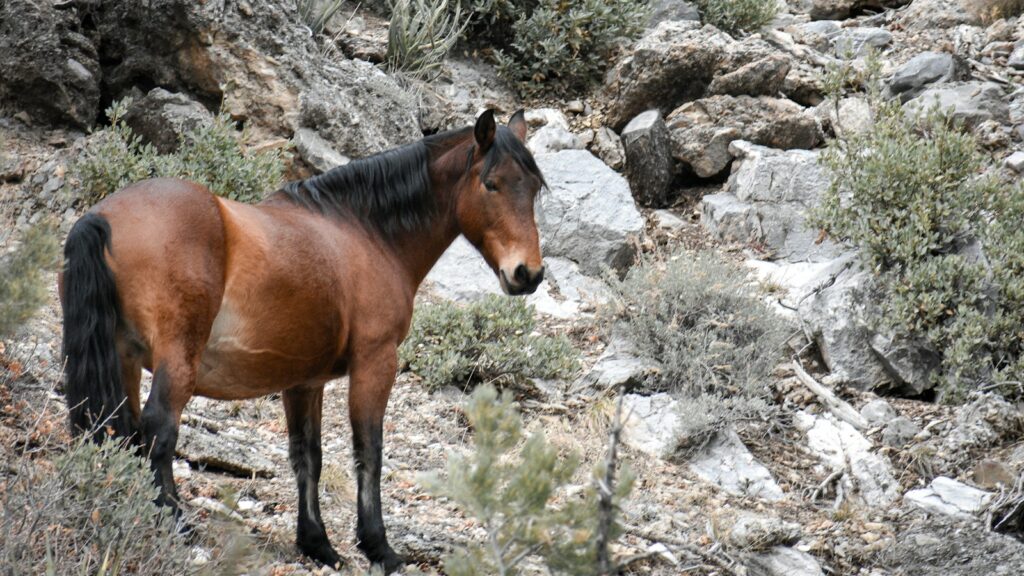
Stable design has undergone remarkable transformations since the early days of American ranching, reflecting changes in our understanding of animal welfare and efficiency. The earliest ranch stables were rudimentary structures built primarily for basic shelter, with little consideration for ventilation, lighting, or animal comfort. By the mid-19th century, as ranching became more established across the American West, designs began incorporating separated stalls and designated storage areas for feed and equipment. Perhaps most surprisingly, many contemporary stable designs still incorporate elements from European architectural traditions brought by immigrant ranchers, including the distinctive Dutch doors that allow horses to look outside while remaining secured. This historical lineage demonstrates how stable design represents a living history of ranching culture, adapting traditional knowledge to modern needs while preserving time-tested solutions.
The Ventilation Paradox
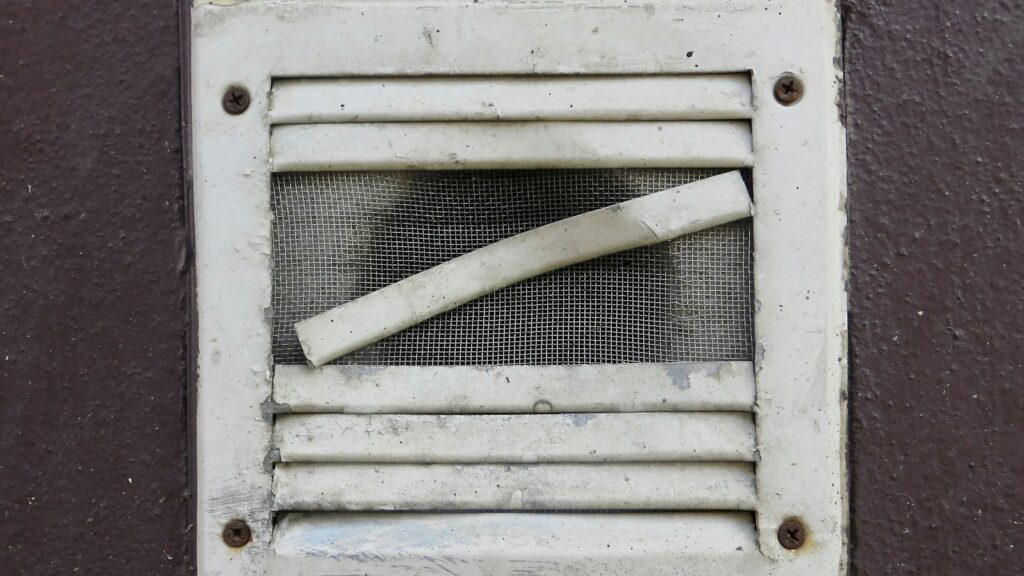
Contrary to intuition, one of the most crucial aspects of stable design isn’t about keeping animals warm but ensuring proper air circulation. Many inexperienced ranch operators make the costly mistake of constructing overly insulated, tightly sealed stables in an attempt to protect animals from cold temperatures. However, respiratory issues from poor ventilation actually pose a greater health risk to horses and livestock than cold exposure. Modern research has shown that horses, in particular, thrive in environments with temperatures between 45-75°F with consistent fresh air flow. Properly designed ridge vents, eave openings, and strategically placed windows create crucial air exchange that removes ammonia fumes from urine, excess moisture, and airborne pathogens. This counterintuitive approach—prioritizing ventilation over insulation—has dramatically reduced the incidence of chronic respiratory conditions like heaves in horses housed in contemporary ranch facilities.
The Economic Impact of Flooring Choices
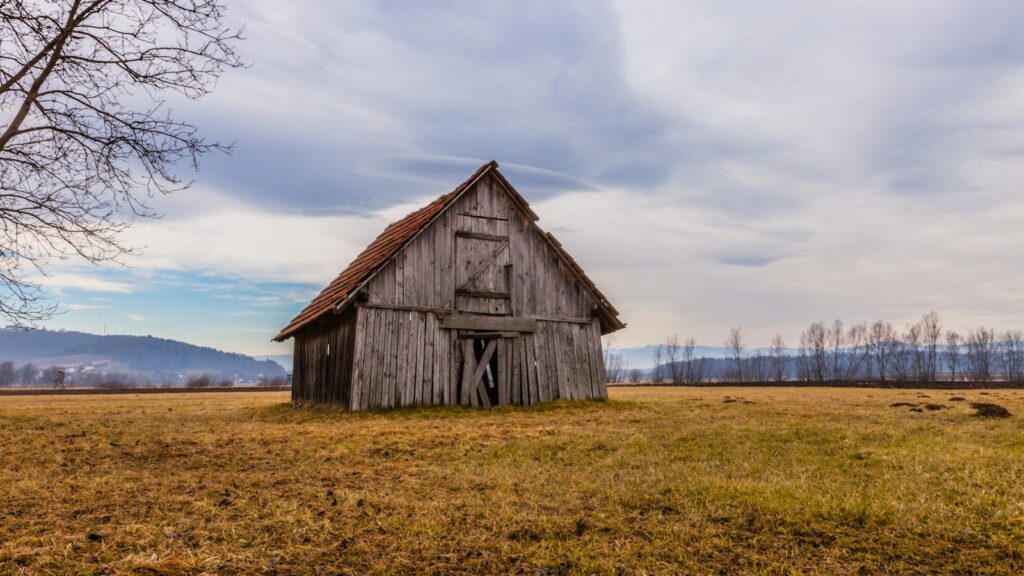
Stable flooring represents a significant investment that dramatically influences both animal health and long-term maintenance costs in ways that many ranch owners underestimate. Traditional dirt floors, while inexpensive initially, often create drainage problems and require frequent maintenance as they become uneven from animal movement. Concrete, though durable, can cause serious joint stress and fatigue in horses and cattle that stand on it for extended periods. Modern rubber matting systems, despite their higher upfront costs, have been shown to reduce leg and hoof ailments by up to 40% while decreasing bedding needs by nearly a third. The most surprising economic benefit comes from specialized flooring with built-in drainage systems that can reduce labor costs by 20-25% annually through easier cleaning processes. When analyzed over a ten-year period, premium flooring options typically deliver a positive return on investment through reduced veterinary bills and maintenance requirements, making them financially savvy despite their initial expense.
The Psychology of Stall Orientation
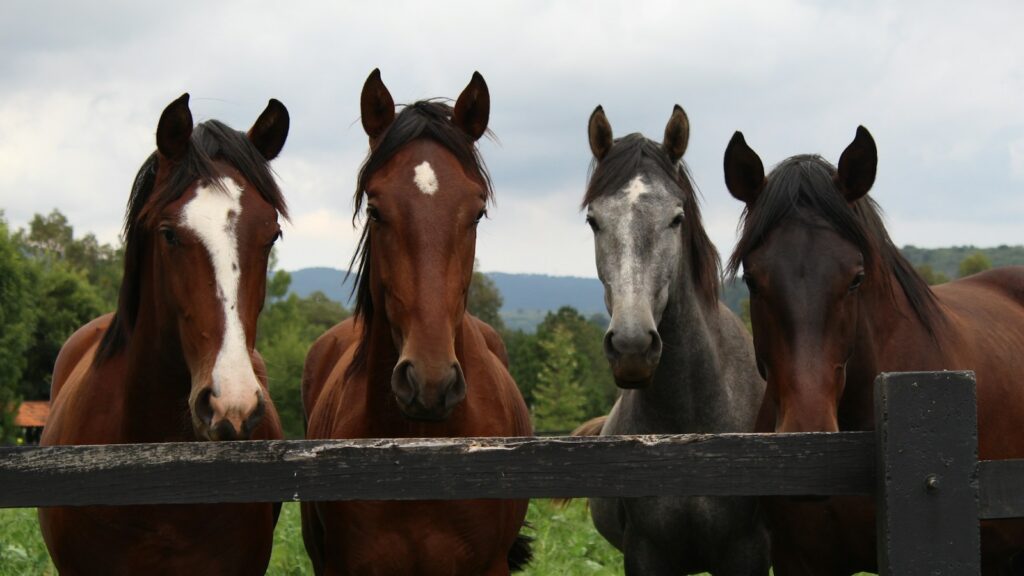
Few ranch owners realize that the orientation and arrangement of stalls significantly impact animal behavior and psychological well-being. Horses, being herd animals, experience measurable stress when isolated from visual contact with other equines, leading to destructive behaviors like crib-biting and weaving. Forward-thinking stable designs now incorporate partial walls between stalls or strategically placed windows that allow animals to see each other while maintaining separate spaces. Research from equine behavioral scientists has demonstrated that horses stabled in social-oriented designs show lower cortisol levels (a stress hormone) and fewer stereotypic behaviors than those in traditional isolated stalls. Perhaps most fascinating is evidence suggesting that stalls positioned to provide views of ranch activities rather than facing blank walls result in calmer, more trainable animals. This understanding of equine psychology has transformed how modern stables approach the seemingly simple question of which direction stalls should face.
Lighting’s Surprising Influence on Breeding Success
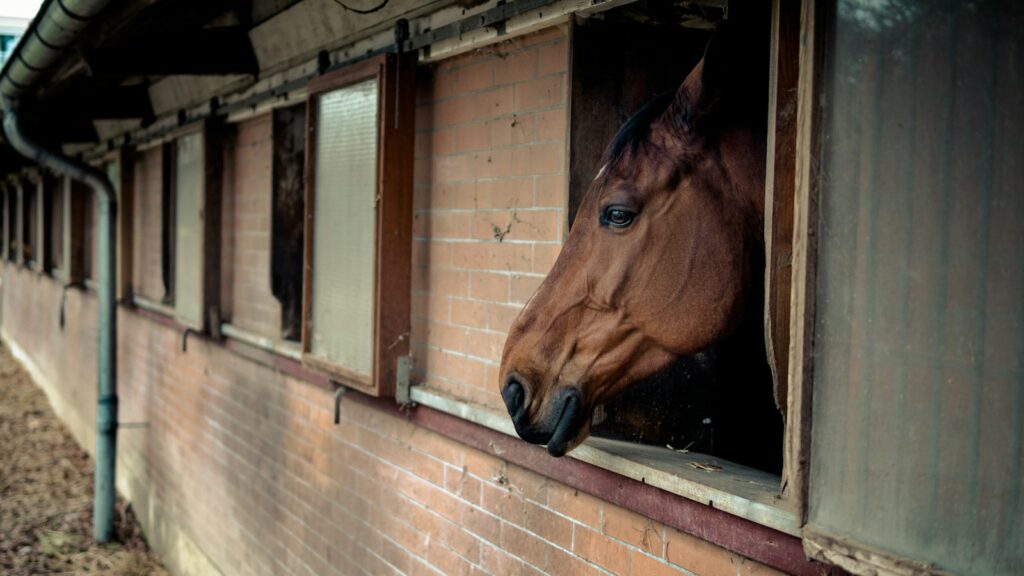
The strategic use of lighting in stable design extends far beyond basic visibility concerns to directly influence reproductive cycles and breeding success rates. Many ranch operations now employ sophisticated lighting systems that simulate specific seasonal daylight patterns to manipulate mare reproductive cycles. Exposing broodmares to 16 hours of light followed by 8 hours of darkness has been proven to bring mares into estrus earlier in the year, effectively extending the breeding season. This photostimulation technique can advance the natural breeding season by 60-90 days, allowing breeders to produce foals earlier in the calendar year—a significant advantage for show and racing prospects where age calculations begin January 1st. The economic implications are substantial, with studies showing that properly implemented lighting programs can increase successful breeding rates by up to 35% and reduce the number of cycles required for conception. This biological manipulation through architectural design represents one of the most sophisticated intersections of science and stable construction.
The Counterintuitive Benefits of Larger Stalls
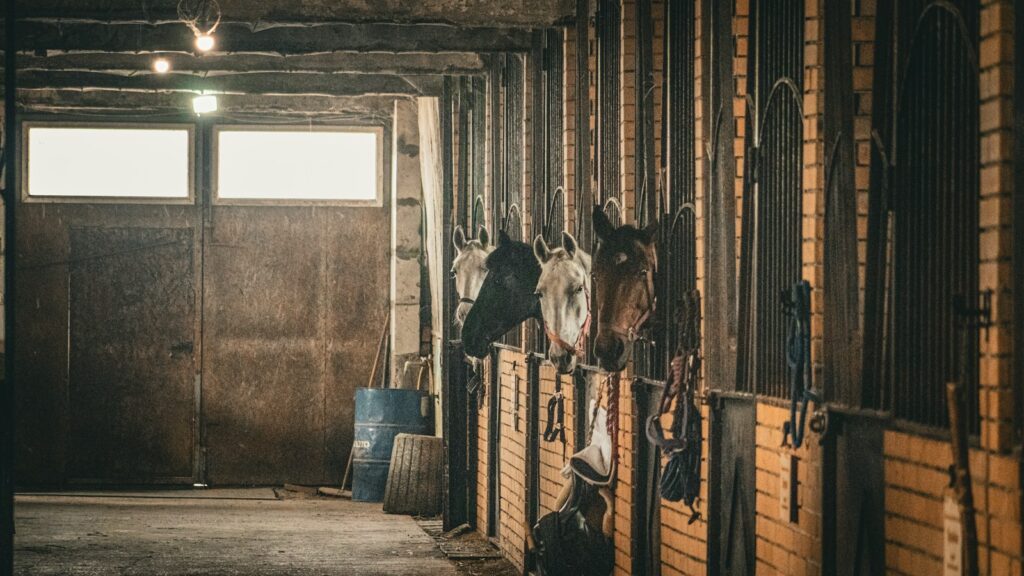
Against economic pressure to maximize capacity by building smaller stalls, research consistently demonstrates that more spacious accommodations yield substantial returns on investment. The traditional 10’x10′ horse stall dimension, while common, falls short of providing optimal space for larger breeds or pregnant mares. Stalls measuring 12’x14′ or larger not only reduce injury rates from casting (horses becoming trapped against walls when attempting to roll) but also decrease stress-related behaviors that can lead to health complications. Larger stalls also provide easier access for veterinary care during emergencies and allow for superior manure management. Perhaps most surprisingly, the increased construction costs for larger stalls are often offset within 3-5 years through reduced veterinary expenses and improved animal performance. Progressive ranch operations have found that horses maintained in appropriately sized stalls show improved coat condition, better hoof health, and measurably enhanced athletic recovery—all factors that contribute to higher animal valuations and performance potential.
Temperature Regulation Beyond Insulation
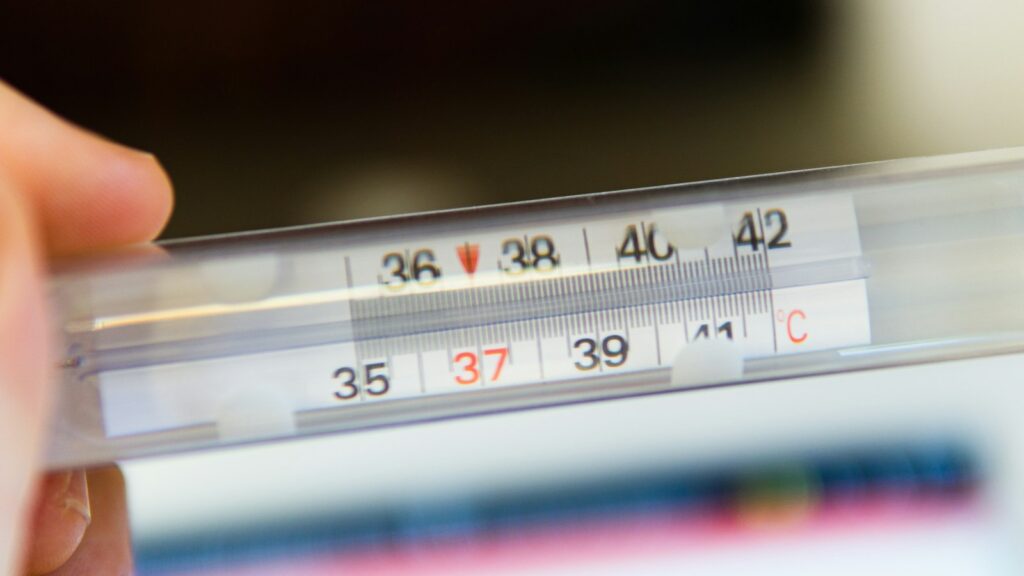
Advanced stable design transcends basic insulation to incorporate sophisticated passive temperature regulation systems that work year-round. The strategic placement of stables relative to prevailing winds and sun exposure can reduce internal temperature fluctuations by up to 15 degrees without mechanical heating or cooling. South-facing designs with properly sized overhangs maximize winter sun exposure while providing summer shade, creating natural seasonal adaptation. Thermal mass elements like stone or masonry interior walls act as heat sinks, absorbing daytime warmth and releasing it during cooler nights to maintain more consistent temperatures. These passive design elements reduce dependency on expensive climate control systems that often fail during power outages—precisely when animals need protection most. The marriage of traditional architectural wisdom with modern materials science has produced stables that maintain optimal temperature ranges using minimal energy inputs, significantly reducing operating costs while improving animal comfort through natural means.
Feed Storage Design and Its Hidden Consequences
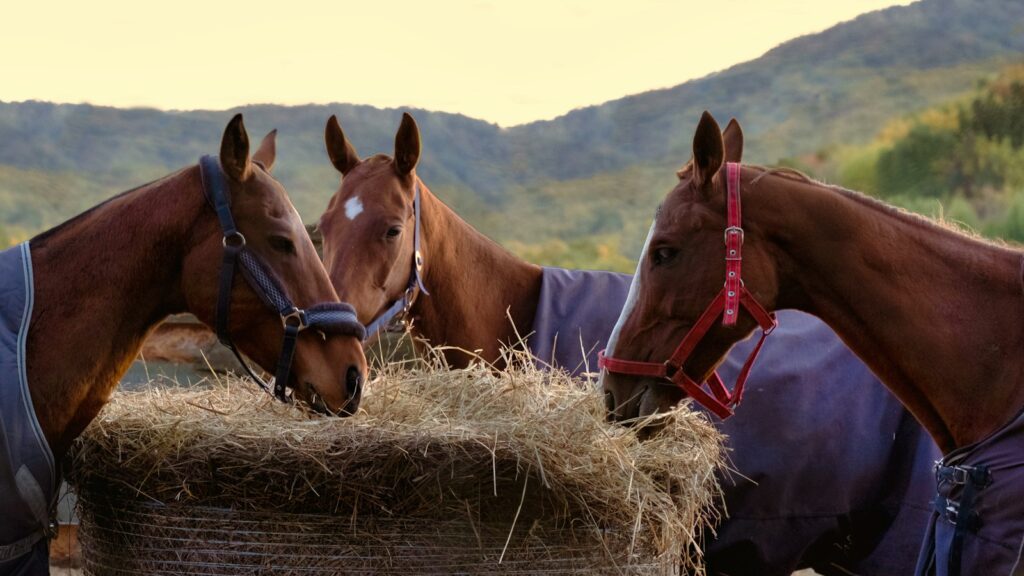
The often-overlooked aspect of feed storage design has far-reaching implications for feed quality, pest control, and ranch economics. Many traditional ranch stables position feed storage as an afterthought, resulting in unnecessary feed spoilage and contamination that can silently drain profits. Modern stable designs now incorporate dedicated feed rooms with rodent-proof construction, controlled humidity, and proper ventilation systems that can extend hay quality preservation by up to three months compared to conventional storage. The positioning of feed storage relative to stall locations can reduce labor time for daily feeding by 30-40%, a significant consideration for large operations. Perhaps most surprising is the relationship between proper feed storage and horse health: facilities with optimized feed rooms report 28% fewer colic incidents—a leading cause of equine mortality—compared to ranches using improvised storage solutions. This direct connection between architectural design and animal digestive health represents one of the most concrete examples of how thoughtful stable planning directly improves ranch prosperity.
Manure Management as a Design Priority
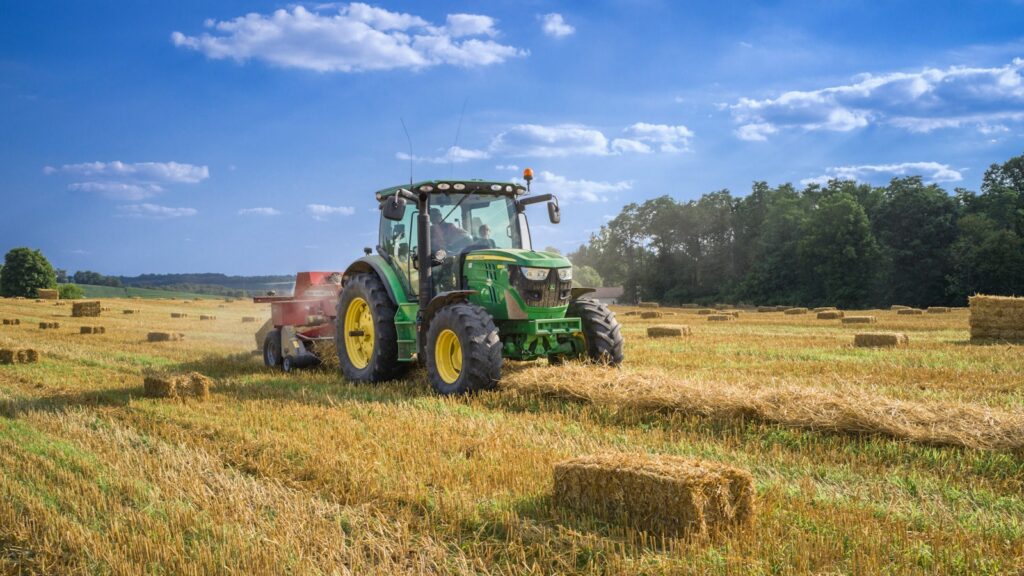
Forward-thinking stable design now incorporates manure management systems from the earliest planning stages rather than treating waste handling as an afterthought. The placement of stables relative to composting facilities, the inclusion of dedicated cleaning equipment storage, and even the design of walkways to accommodate wheelbarrows or small machinery dramatically impacts daily efficiency and environmental compliance. Innovative designs include sloped wash areas that direct wastewater into treatment systems, preventing groundwater contamination while capturing valuable nutrients. Some advanced operations even incorporate methane capture systems that convert waste into energy that can power ranch operations. Beyond the environmental benefits, thoughtful waste management design can reduce labor costs by up to 35% while transforming what was once considered a liability into a potential profit center through the sale of composted material. The relationship between stable layout and effective waste handling represents one of the most significant shifts in modern ranch architecture’s approach to sustainability.
The Surprising Economics of Multi-Purpose Design
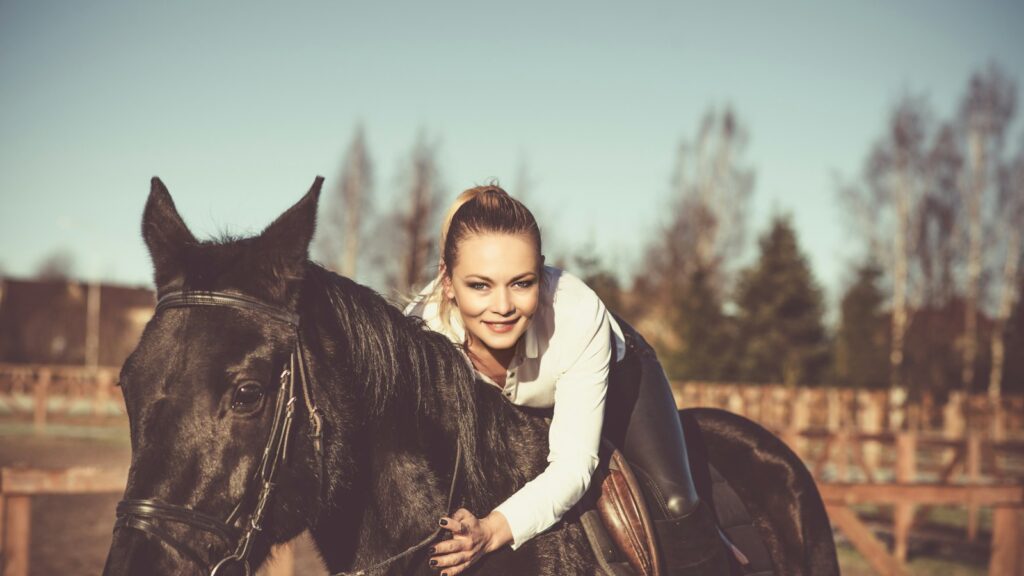
The most financially successful ranch stables increasingly feature adaptable, multi-purpose designs that can serve various functions throughout different seasons or as ranch needs evolve. Convertible spaces that transition from foaling stalls to regular accommodations or from horse housing to cattle handling areas maximize facility utilization rates and improve return on investment. Removable wall systems, modular components, and strategically placed utility connections enable spaces to be reconfigured without major construction. Some innovative designs incorporate indoor riding areas that double as event spaces rentable for community functions, creating supplemental income streams during slower seasons. This approach to flexible architecture reduces the need for multiple specialized buildings and allows ranches to adapt to changing market conditions or diversify their operations without additional construction costs. The most surprising aspect of this trend is how it connects to historical ranch design—many historic barns featured adaptable spaces long before “multi-use” became an architectural buzzword, demonstrating how modern innovation sometimes rediscovers traditional wisdom.
The Security Dimension of Stable Design
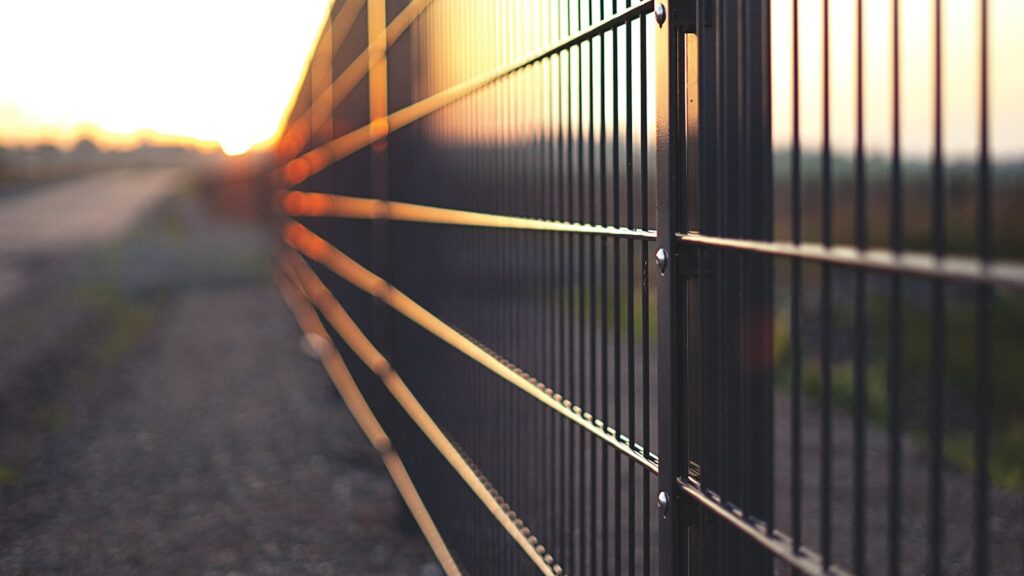
Modern stable design increasingly incorporates sophisticated security features that protect valuable livestock while maintaining aesthetic appeal and functionality. Beyond basic locks and lighting, advanced security considerations include camera monitoring systems with remote access, strategically positioned stables for maximum visibility from main residences, and carefully designed access points that control vehicle approach. Fire safety features represent a critical security dimension often overlooked in traditional designs, with statistics showing that horses have less than 30 minutes to escape once a barn fire ignites. Progressive designs now incorporate fire-resistant materials, automated detection systems, and strategic layout planning that facilitates rapid evacuation. Perhaps most surprising is how security design extends to protecting animals from each other—thoughtful placement of stallion housing away from mares, specialized latching systems that horses cannot manipulate, and separate turnout access that prevents confrontations between dominant animals. These security considerations represent a sophisticated layer of design thinking that balances protection with practical daily operation.
Technology Integration in Modern Stables
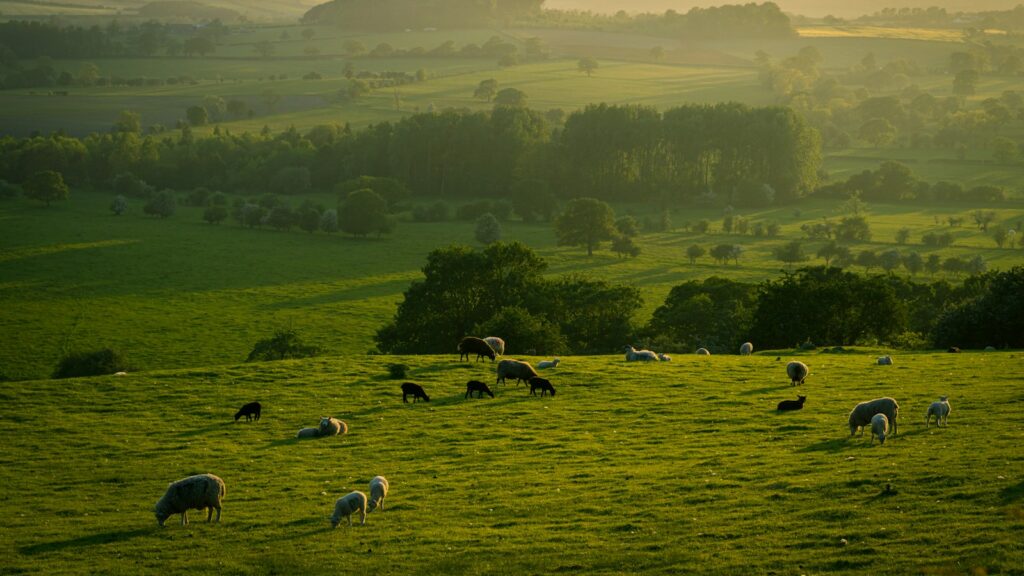
The integration of technology into stable design has transcended basic convenience to fundamentally transform ranch management practices. Automated feeding systems with programmable distribution schedules ensure consistent nutrition while reducing labor requirements by up to 40%. Environmental monitoring systems track temperature, humidity, and air quality in real-time, alerting managers to potentially dangerous conditions before they affect animal health. Some advanced facilities now incorporate RFID technology that tracks individual animal movement patterns, automatically recording which horses have accessed turnout areas or specialized feeding stations. These technological systems require specific architectural considerations during the design phase, including dedicated utility chases, appropriate mounting locations protected from animal damage, and strategic placement of control panels. The return on investment for these technological integrations comes not just from labor savings but from the enhanced ability to monitor animal health metrics and environmental conditions with unprecedented precision, allowing for earlier intervention when problems arise.
The Sustainable Revolution in Materials
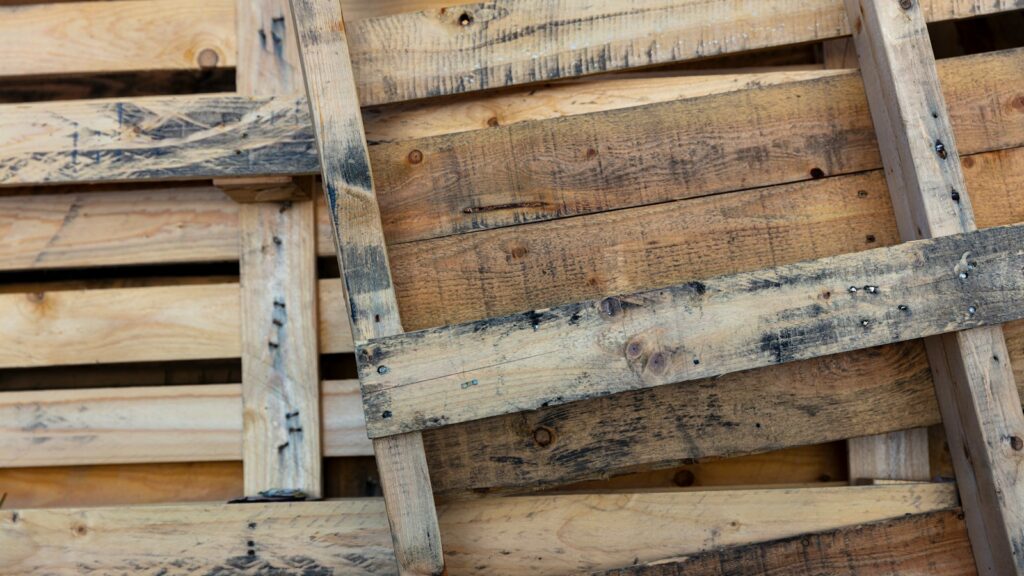
Sustainable materials have transformed stable construction from both environmental and practical perspectives, offering surprising benefits beyond ecological responsibility. Reclaimed timber, once considered primarily an aesthetic choice, has proven to offer superior durability in many applications due to its dense growth rings and natural weathering resistance. Alternative building materials like structural insulated panels can reduce construction time by up to 60% while providing superior insulation values compared to traditional framing methods. Perhaps most revolutionary is the emergence of composites made from agricultural waste products, such as wheat straw panels and compressed rice hull blocks, that provide excellent moisture resistance and fire protection while supporting agricultural supply chains. These materials often demonstrate unexpected longevity advantages in stable environments where exposure to ammonia and moisture quickly degrades conventional materials. The most forward-thinking ranch operations now approach material selection with a comprehensive lifecycle analysis that considers not just initial costs but long-term durability, maintenance requirements, and end-of-life recyclability.
conclusion

The evolution of stable design in ranch life represents far more than aesthetic or functional improvements—it embodies the synthesis of generations of practical knowledge with cutting-edge research in animal behavior, environmental management, and sustainable architecture. As ranching continues to balance tradition with innovation, the humble stable stands as perhaps the most telling indicator of this dynamic relationship. The most successful ranch operations recognize that thoughtful stable design transcends basic shelter to become a critical investment in animal welfare, operational efficiency, and long-term sustainability. By understanding and implementing these surprising truths about stable design, modern ranchers honor their heritage while embracing the future of responsible livestock management.






